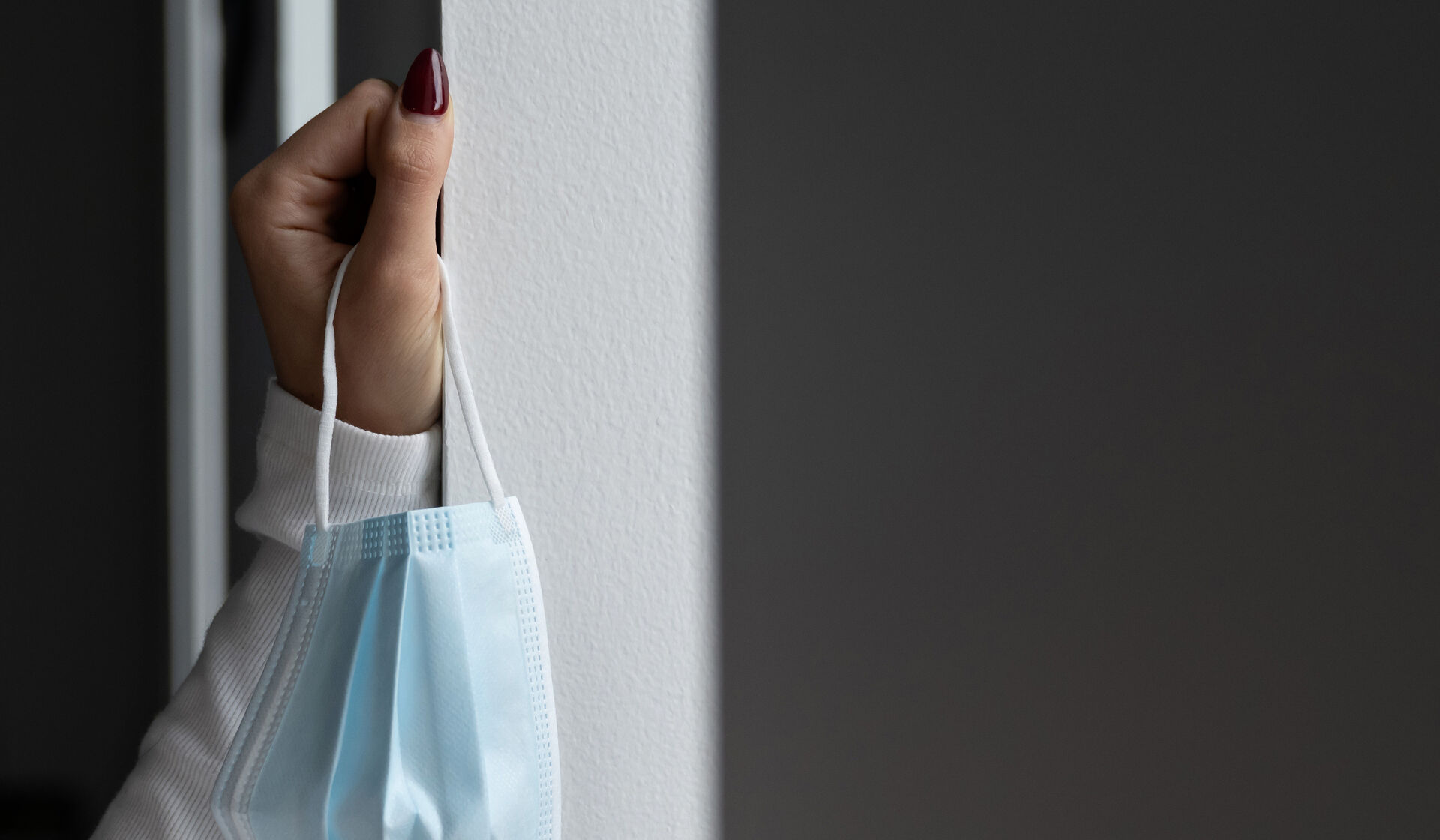A Sober Movement
•
Illustrations by Caili Dalian
The room was nearing capacity as students filed in for the Halloween-themed party in North Quad. A waitlist had formed the same day word started to spread about the event across the University of Michigan’s Ann Arbor campus. The bartenders poured faster, serving those lucky enough to make the cut.
There was a palpable buzz as the paint-and-pour kicked off, yet everyone was stone-cold sober. And thanks to the bartender’s alcohol-free concoctions, no hangovers threatened to haunt these students the next morning.
This is just one of several substance-free events that depict the new party scene making a buzz across campus. Their growing popularity is promising for two major groups: administrators focused on mitigating dangerous drinking culture and students who have no interest in participating in it.
“I like these sorts of events because I, like many others, have had weeks where school and other activities are just too much, and going out every weekend simply isn’t good for my mental well-being,” says Gabriella Thomas, an undergraduate student who attended the sober paint-and-pour Halloween event in 2023.
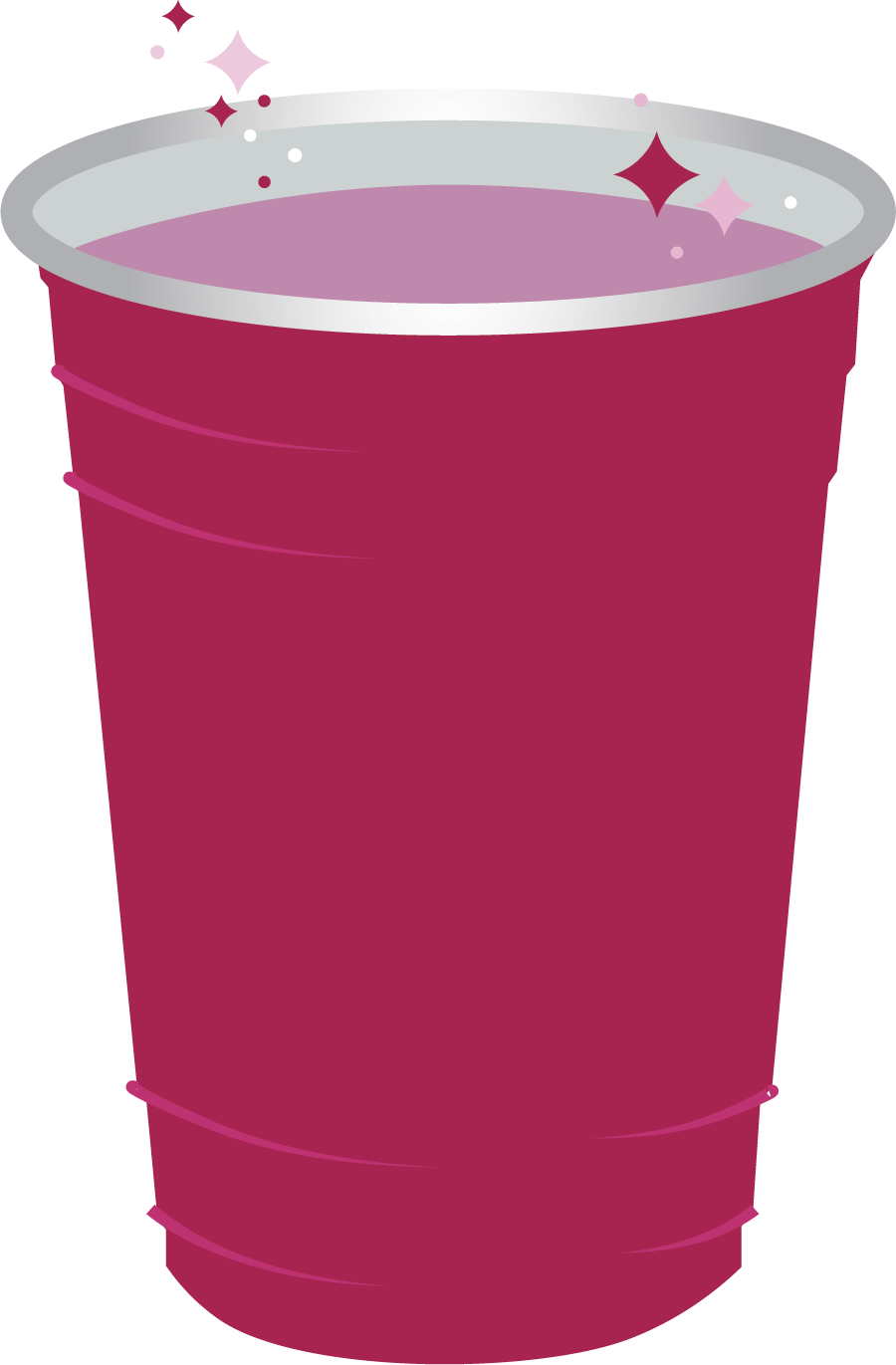 While drinking is still deeply embedded in college culture — and other substances are becoming more popular — many students refuse to accept alcohol as a staple of their college experience.
While drinking is still deeply embedded in college culture — and other substances are becoming more popular — many students refuse to accept alcohol as a staple of their college experience.
Generation Z (or Gen Z) is serious about sobriety, but they’re still thirsty for social fulfillment and healthy fun. U-M’s Student Life and its community are working to quench this thirst, helping to reshape the narrative of college involvement by creating positive environments for students to build community and engage with peers.
“[Sobriety] is not always the dominant story that’s told about the college experience in the media and our culture more broadly,” says Madeline DeMarco, ’18, MPH’20, a health promotion specialist for Wolverine Wellness, an arm of Student Life focused on student health and well-being.
“It’s important to challenge that dominant narrative and let students know that there’s more than one way to experience campus and that we can create a much more welcoming and inclusive culture on campus when we consider that full continuum of experience.”
Proof by the Numbers
While this trend toward sobriety may seem new, drinking among college-aged students has been on the decline for decades.
In 1988, 74 percent of college-aged students (ages 19-30) reported drinking alcohol in the previous 30 days. That number reached 64.9 percent in 2023, the second lowest rate reported by this age group, with the lowest in 2020 (64.8 percent).
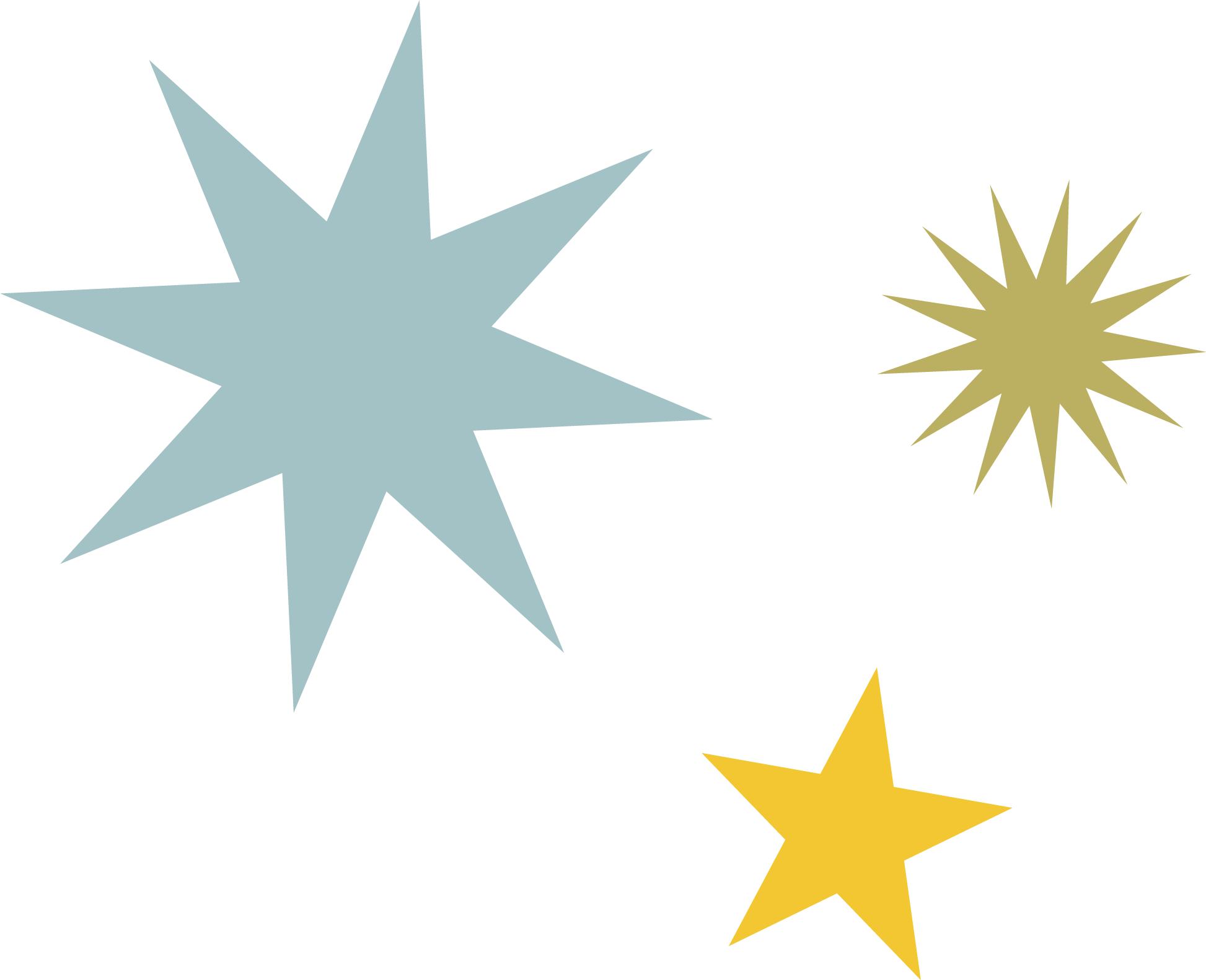 This data comes from Monitoring the Future, an annual survey funded by the National Institute on Drug Abuse and conducted by U-M researchers that measures drug and alcohol use and related attitudes among adolescent students nationwide.
This data comes from Monitoring the Future, an annual survey funded by the National Institute on Drug Abuse and conducted by U-M researchers that measures drug and alcohol use and related attitudes among adolescent students nationwide.
Last year’s cohort of U-M undergraduate students underscored this data in their responses to the alcohol safety segment of the mandatory three-course Student Life’s Community Matters program.
In 2023, more than 30 percent of incoming undergraduate students said they wanted to be notified of events that do not focus on alcohol. Approximately 400 incoming students said they were interested in connecting with other students who don’t drink, and they expressed interest in supporting alcohol and drug prevention programs.
“Our students have also been impacted by the recent sober-curious movement and are becoming more and more interested in exploring ways to connect with one another in ways that don’t focus on or include alcohol,” DeMarco says.
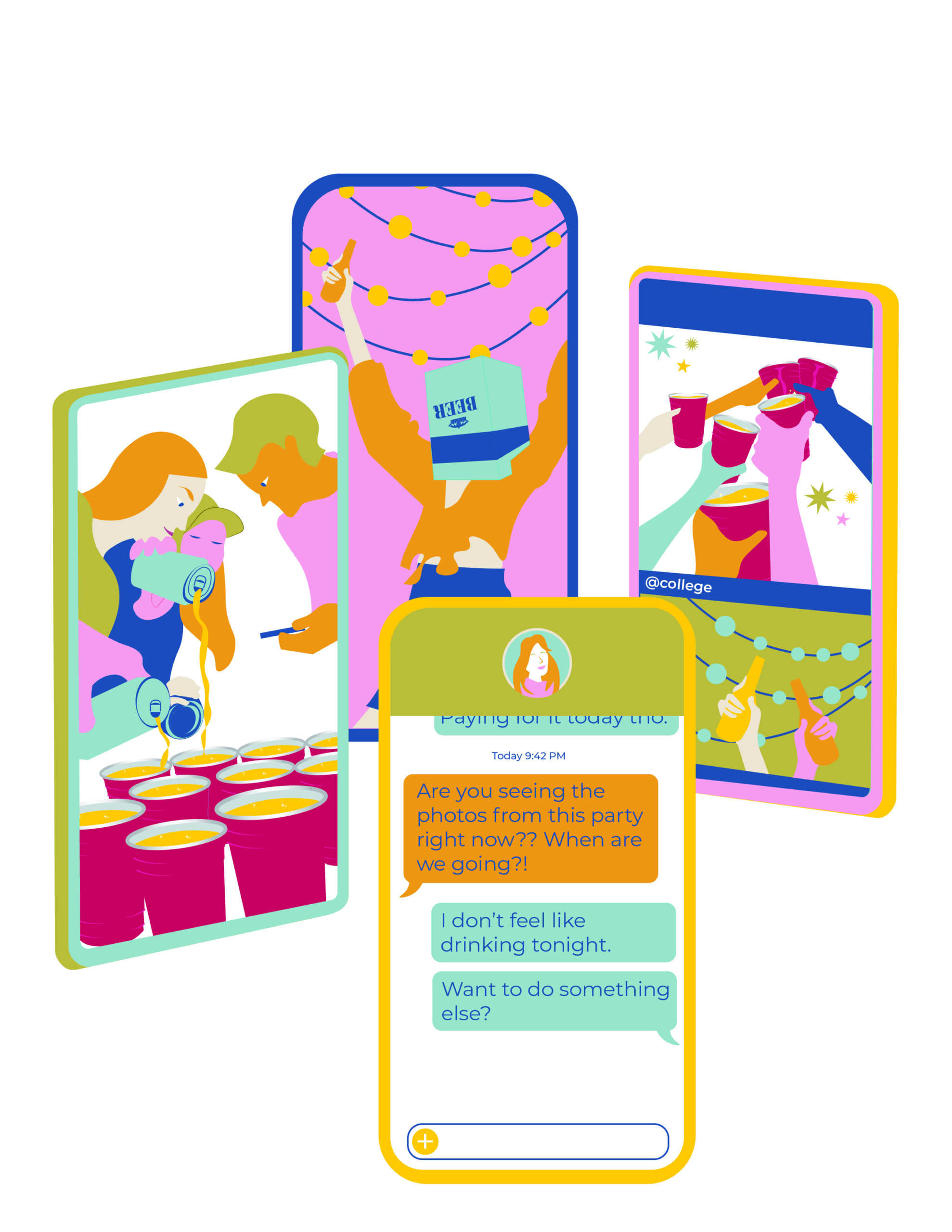
There are numerous reasons students may abstain from alcohol: age, health, religious beliefs, and recovery. Some simply have no desire to battle an angry hangover or don’t like how alcohol makes them feel.
Several studies, such as consumer trend research from NielsenIQ, suggest the decline in Gen Z’s alcohol use has to do with a variety of other factors, including increased mental health awareness and social media’s role in spreading information about alcohol’s drawbacks. Research, like the Future of Wellness survey from McKinsey & Company, shows the generation embraces healthy, productive lifestyles that don’t align with social drinking. It also reveals that pursuing educational and career goals, as well as prioritizing family time and physical fitness, are hugely important to them.
Matt Statman, MSW’10, program manager for U-M’s Collegiate Recovery Program, says this trend is part of a bigger discussion around Gen Z’s movement toward redefining success to include well-being.
“[Gen Z] knows that harmful substance use is not seen as something that contributes to well-being … and they know that [you can’t] sacrifice your mental health and your physical health to have some idea of success,” Statman says.
 At U-M’s Institute for Social Research, Brooke Arterberry researches alcohol and cannabis use, and co-use behaviors. When studying first-semester college experiences and associations with substance use and mental health, Arterberry found that more social engagement was associated with greater substance use.
At U-M’s Institute for Social Research, Brooke Arterberry researches alcohol and cannabis use, and co-use behaviors. When studying first-semester college experiences and associations with substance use and mental health, Arterberry found that more social engagement was associated with greater substance use.
“Alcohol is a social drug,” she points out.
But Arterberry identifies a shift in social interactions as a driving cause of Gen Z’s decreased alcohol consumption. Her study showed that feeling a sense of belonging, easier social experiences, and more social enjoyment were correlated to greater alcohol use and binge drinking. So the fact that Gen Z spends less time socializing — which can be attributed to the pandemic, social media use, and remote work and learning — is another reason why the group may be drinking less.
Chasing the High
Though binge drinking is at the lowest level the Monitoring the Future survey has ever recorded — 27.2 percent of young adults surveyed in 2023 reported having more than five drinks in a row in the past two weeks — it has not disappeared from campus culture.
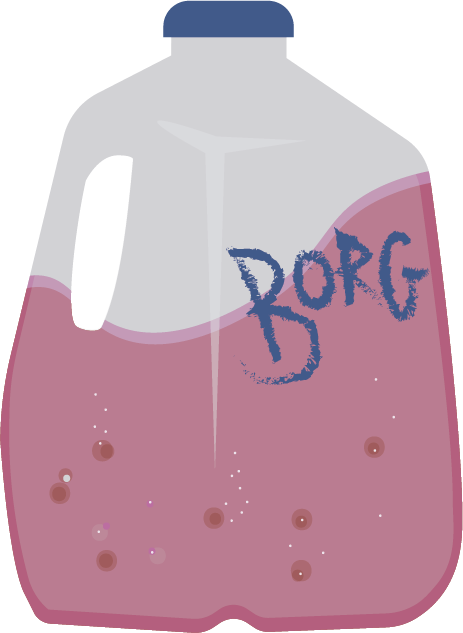 Instead, it’s being masqueraded by new trends, such as BORGS, shorthand for “blackout rage gallons.” Some students consider the gallon water jugs filled with a mixture of alcohol, water, and artificial flavoring a healthier form of consumption or even a harm-reduction tool.
Instead, it’s being masqueraded by new trends, such as BORGS, shorthand for “blackout rage gallons.” Some students consider the gallon water jugs filled with a mixture of alcohol, water, and artificial flavoring a healthier form of consumption or even a harm-reduction tool.
“Young people who are drinking are engaging in binge drinking and high-intensity drinking, which are riskier drinking behaviors … and we do know that young people who engage in [these riskier drinking behaviors] are more likely to use other drugs as well,” Arterberry explains.
Monitoring the Future found that cannabis use in 2023 remained near the highest levels ever recorded in 2021 and 2022, and the number of young adults co-using alcohol and marijuana has increased. But Arterberry is “more comfortable” attributing increased cannabis use to policy changes rather than a decline in alcohol consumption.
Every year since its inception, the Collegiate Recovery Program (CRP) has seen an increase in the number of students seeking recovery support for substance use issues.
When CRP was established in 2012, fewer than 10 students were regularly involved. By 2020, the program was averaging 25 students per semester and last fall, CRP had more than 50 students seeking its support. Statman attributes the program’s steady incline to reduced stigma around recovery.
“I think young people are just much more likely to talk about what’s going on with them and seek help than they used to be,” he says.
 Now, Wolverine Wellness is planning more workshops and campaigns to help students who do choose to drink alcohol develop harm-reduction strategies.
Now, Wolverine Wellness is planning more workshops and campaigns to help students who do choose to drink alcohol develop harm-reduction strategies.
One effort is the Stay in the Blue campaign, which uses a mobile app to help students who choose to drink better understand the relationship between blood-alcohol content and harm. University Health Services also offers several screening, coaching, counseling, and treatment options, including CRP, and wellness coaching for alcohol and other substance use issues.
Research from the University of Maryland shows that the behaviors and attitudes that students develop when they come to campus are often the behaviors they’ll carry with them throughout the rest of their lives, which is why DeMarco believes these cross-unit programs and services are important.
“If we can help students develop less risky behaviors now that don’t glorify substance use and encourage them to think about their values — their ‘why’ — so that they’re more intentional about the kinds of events they’re hosting and attending, we can help to disrupt any of those potentially harmful patterns of behavior before they become a bigger issue,” DeMarco says.
Sober and Social
Some students who choose not to drink find camaraderie in the University’s substance-free housing, which provides a community for students seeking to live in an environment free of alcohol and drugs with the support and respect of their peers. But there’s a strong desire for social activities beyond sober housing.
Wolverine Wellness has evolved and expanded its alcohol-free programming after receiving feedback that students enjoy these ways to connect and have fun in a non-academic, substance-free setting.
Some events include CRP’s annual sober tailgate, hosted at the personal parking space of Mark Bernstein, ’93, MBA’96, JD’96, as well as the annual St. Paddy’s Day Sober Skate. Both invite students to indulge in alcohol-free festivities around what are typically booze-centered holidays.
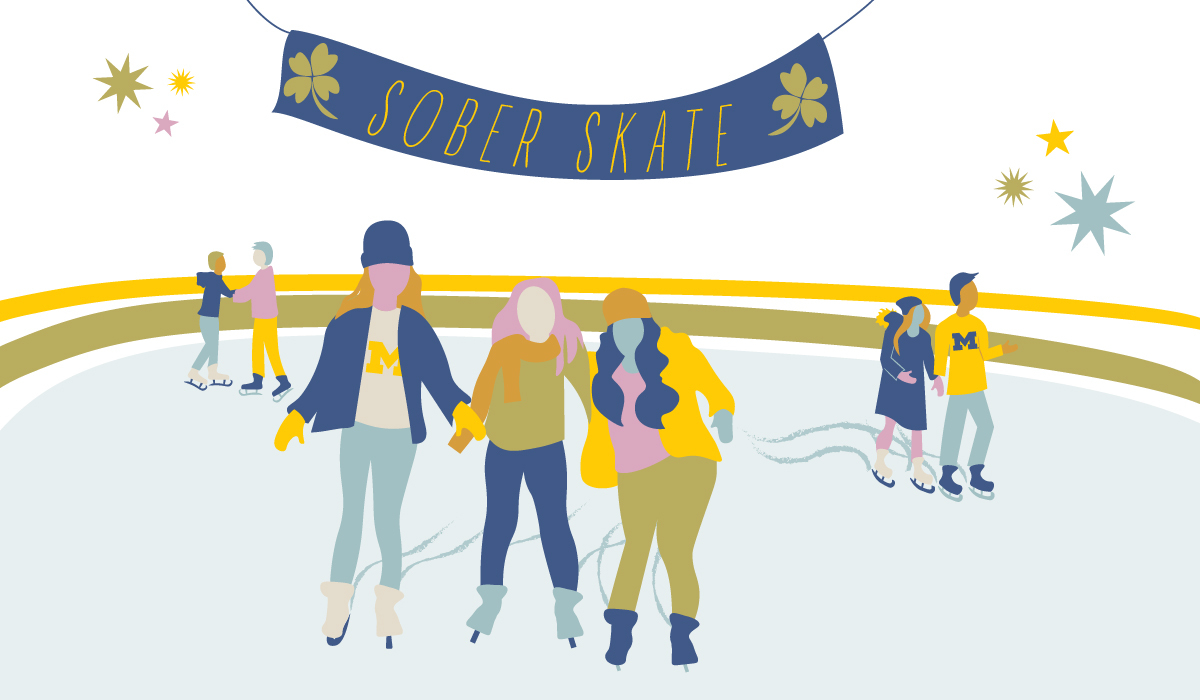
“[This type of programming] helps us address the loneliness and need for connection that many students are feeling while having the added benefit of modeling ways to have fun and destress that don’t involve alcohol or other drugs,” DeMarco says, crediting cross-campus partnerships for the success of this programming.
Wolverine Wellness has mobilized a High-Risk Planning (HRP) group, which consists of partners from across campus that help put on many of the substance-free programs, often supported by student staff. The group meets regularly to plan and coordinate substance-free events and messaging, particularly around “high-risk” times on campus, such as football season, Halloween, and St. Patrick’s Day.
HRP’s student subcommittee also suggests ideas, gives feedback, and often volunteers to support these events.
“[Student input] helps us create more successful programming since we know that students are the experts in their lives and know best the kinds of activities and campaigns that they’d want to participate in,” DeMarco says.
As the sober-curious movement continues to grow on campus, students like Thomas appreciate the opportunity to find balance during their demanding undergraduate years.
“Substance-free events make it so people can have a more relaxed time when life at college tends to move so fast. When there’s already a ton of pressure put on us students, sometimes it’s necessary to take a breather and just have a calm night staying in with your friends. I think more people would appreciate this if more relaxing, non-stressful events were hosted,” Thomas says. “Overall, it’s all about balance here at the University of Michigan, and people will go to events they feel most drawn towards at any given time of their own lives.”
Katie Frankhart is a senior writer at the Alumni Association of the University of Michigan.


